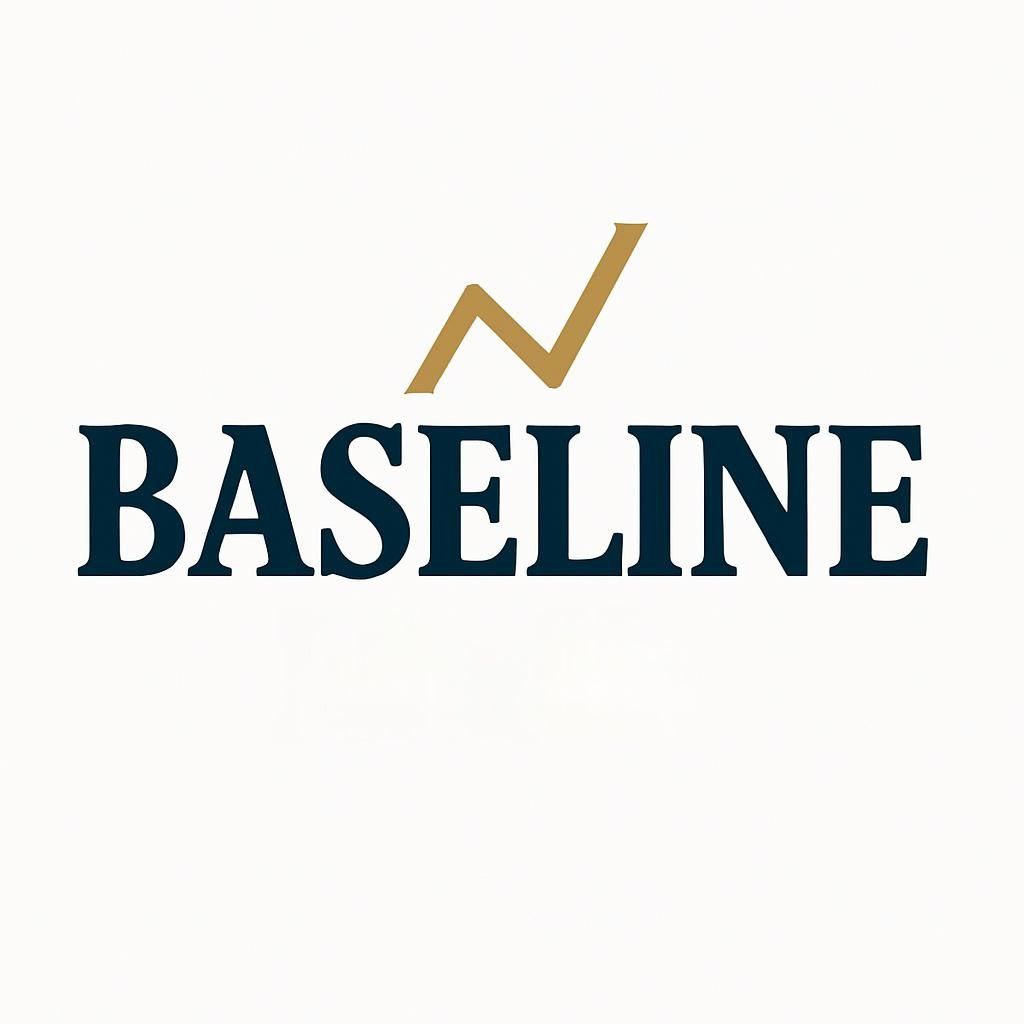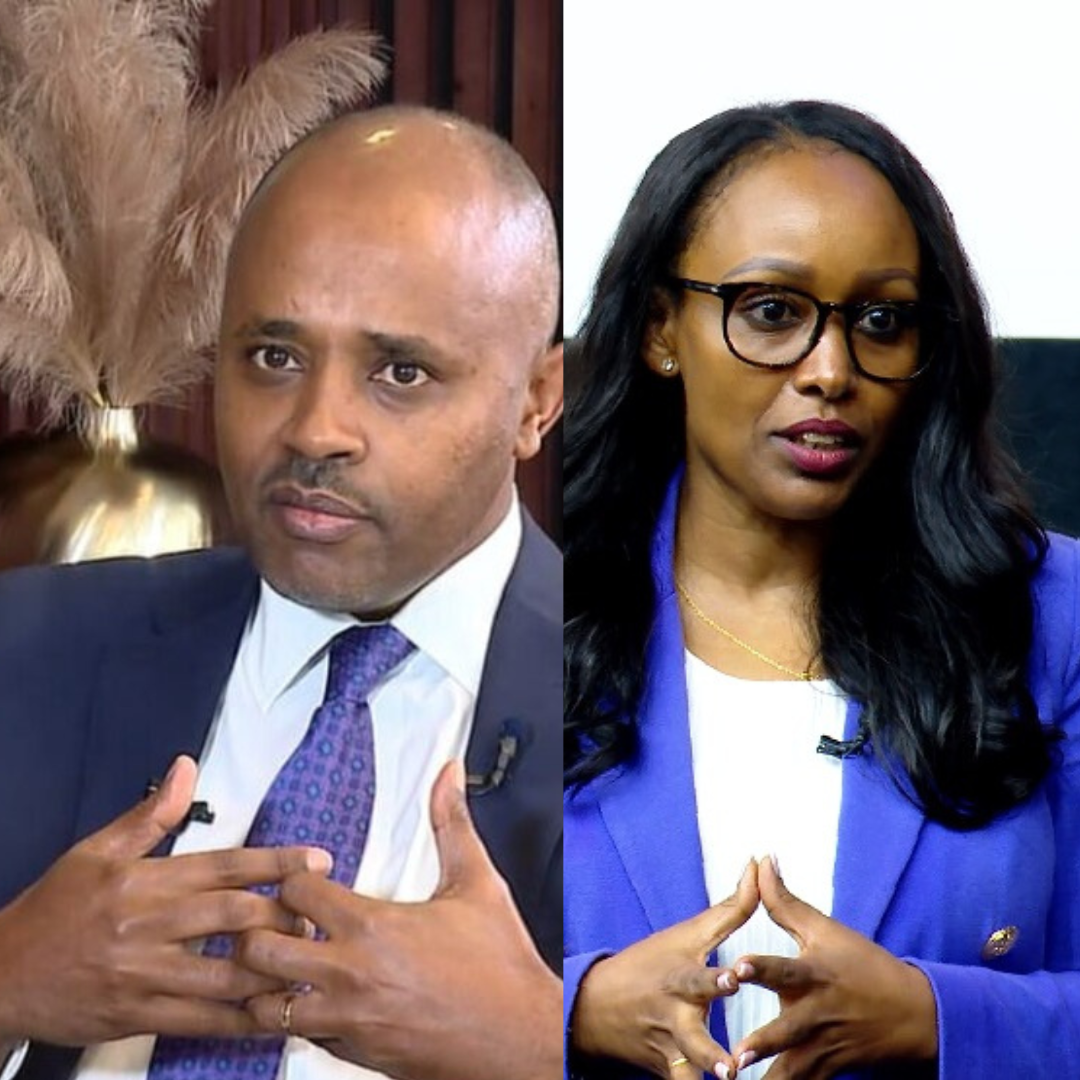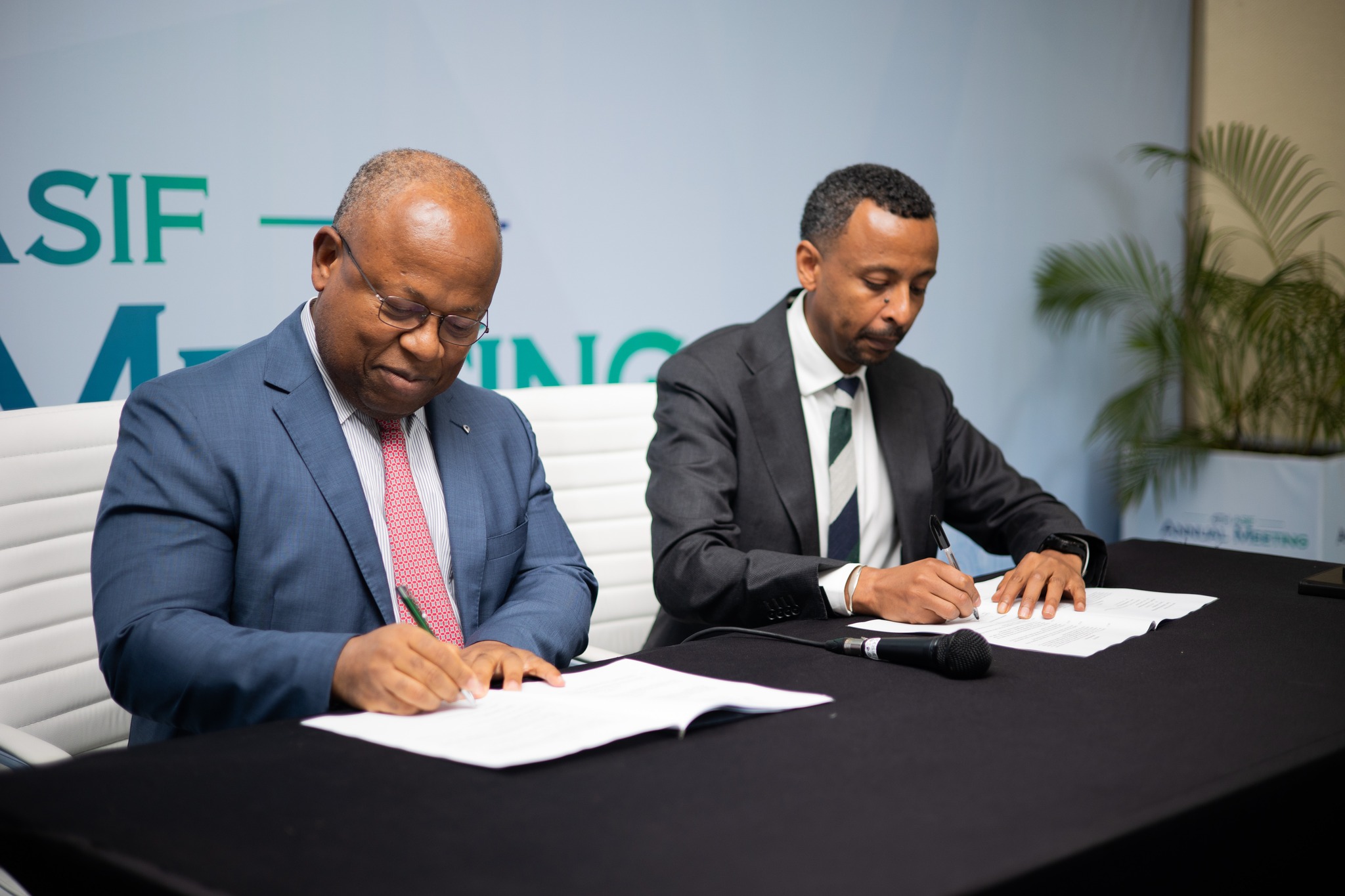Ethiopia’s Growth Looks Strong But Debt Hangover Is Real
BaseLine Team
19 Sep, 2025

Ethiopia is celebrating growth that looks enviable on paper with 8.1% last year, and 7.2% projected this year. But a new IMF–World Bank review paints a more cautious picture that behind the headline numbers lies an economy walking a tightrope.
The report warns that Ethiopia is in debt distress, having missed a Eurobond payment in December 2023. For now, standstill agreements with creditors are keeping the country from running out of cash. But any shock like an export slump, a sudden currency drop, or a dip in donor support, could tip the balance.
Inflation remains stubborn at 13.6%, and hitting single-digit levels by 2028 will require strict fiscal discipline, the review notes. Domestic borrowing is getting more expensive: T-bill yields have surged to 16.4%, while foreign financing remains largely frozen.
Security risks, recurring droughts, and falling foreign aid—NGO transfers are projected to drop $1 billion in 2025/26—add layers of vulnerability. Coffee and gold exports are on the rise, but much of the surge comes from short-term price swings rather than structural competitiveness. The current account, now at -3.2% of GDP, offers only a thin cushion.
𝐓𝐡𝐞 𝐆𝐨𝐯𝐞𝐫𝐧𝐦𝐞𝐧𝐭’𝐬 𝐁𝐞𝐭
According to the IMF–World Bank assessment, Ethiopia is gambling that growth alone can make debt manageable. A March 2025 deal in principle with the G20 Official Creditor Committee could pave the way for debt sustainability by 2028. But the clock is ticking: delays in finalizing a memorandum of understanding or resistance to reforms could spook markets and deepen the liquidity crunch.
The government isn’t waiting. Fiscal consolidation and market reforms are underway. The report highlights key steps: phasing out cheap, state-directed credit, ending mandatory bond purchases by banks, broadening excise taxes, trimming VAT exemptions, and introducing a motor vehicle circulation tax. These measures aim to push the tax-to-GDP ratio from 7.3% toward double digits and shrink the primary deficit to 0.8% of GDP.
Even the exchange rate is being untangled. The National Bank of Ethiopia has made FX fees transparent, raised import advance caps to $50,000, and plans full compliance with prudential limits by year-end. If successful, these steps could deepen FX market liquidity, reduce the 15% parallel market premium, and restore investor confidence.
𝐒𝐡𝐨𝐫𝐭-𝐓𝐞𝐫𝐦 𝐏𝐚𝐢𝐧, 𝐋𝐨𝐧𝐠-𝐓𝐞𝐫𝐦 𝐆𝐚𝐢𝐧𝐬
The IMF–World Bank review makes clear that reforms will not be painless. Treasury bill yields have spiked, banks are repricing loans, and subsidies like fuel and fertilizer are being phased onto the federal budget—keeping prices high. Consumers and businesses alike will feel the pinch.
Yet there is opportunity for those who can weather the storm. Exporters may benefit from more transparent FX policies, and investors willing to take early positions could find undervalued assets ahead of planned privatizations. Survival, for now, may be the best strategy.
The IMF and World Bank conclude that Ethiopia’s growth story is fragile. Strong reform execution, fiscal consolidation, and careful debt management will determine whether the country can turn its current growth into lasting stability.







